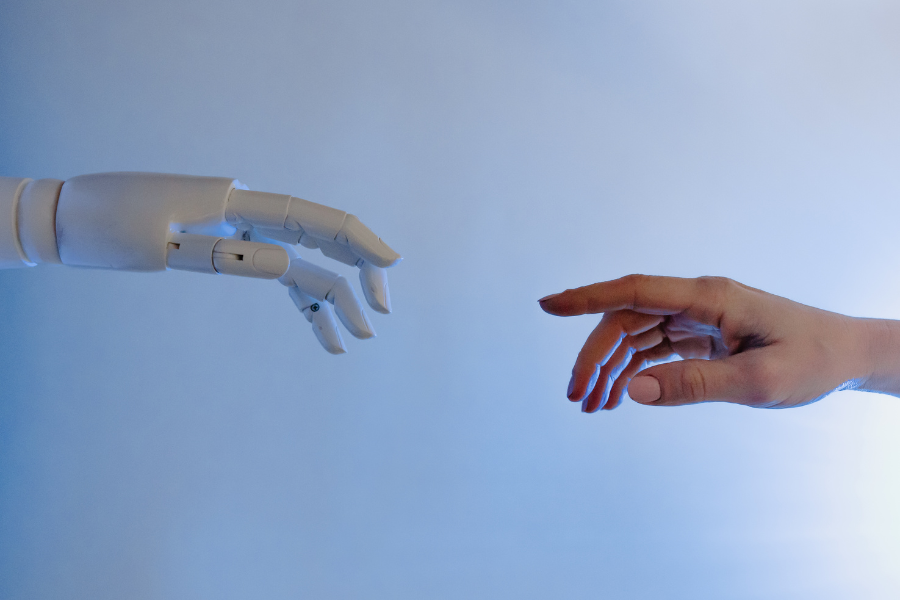How AI drives creativity
Jul 2, 2023
While the concept of AI has been around since the late 1950s and has been applied to smartphones and smart home devices for some time, it is the Large Language Models (LLMs) such as Bard and ChatGPT that have recently captured the headlines.
These models are based on technology that mimics structures found in the human brain (deep learning) and enable interactions with people through a digital device using natural language – words, phrases and semantics that naturally occur in human communication. These models are trained on large amounts of data and learn from each user interaction to become increasingly more articulate and robust in their responses. But LLMs are just the tip of the iceberg.
We have officially entered The Exponential Age with technology consumers, developers and researchers now glimpsing capability only previously dreamed of. New applications, ideas, and solutions are rapidly emerging or becoming more sophisticated including:
These are all examples that highlight the innate human drive to improve our lives and explore our world. It’s nothing new. For years, marketers have taken advantage of this motivation to have the latest, greatest widget. We crave smaller mobile phones despite the larger price tag. We must have a better-quality TV picture, so we buy the newest model with organic light-emitting diodes. And of course, our homes will only be clean if we use a vacuum with built-in Bluetooth!
Problem solving (innovation) is a creative process and AI has super charged this with its power and accessibility. However, a healthy dose of scepticism is required with each AI development. For example, LLMs are fed enormous amounts of data including web text, books, articles, news, and social media posts. And where does this data come from? Humans and other technology (code and algorithms). Are humans biased? Oh yes, sometimes without even knowing it. Another concern is the sample size of data fed into machines – this can lead to biases if the sample is not representative.
A good dose of common sense is required as we move forward into a new era, where creativity becomes the ‘super skill’ and AI is the lever.
